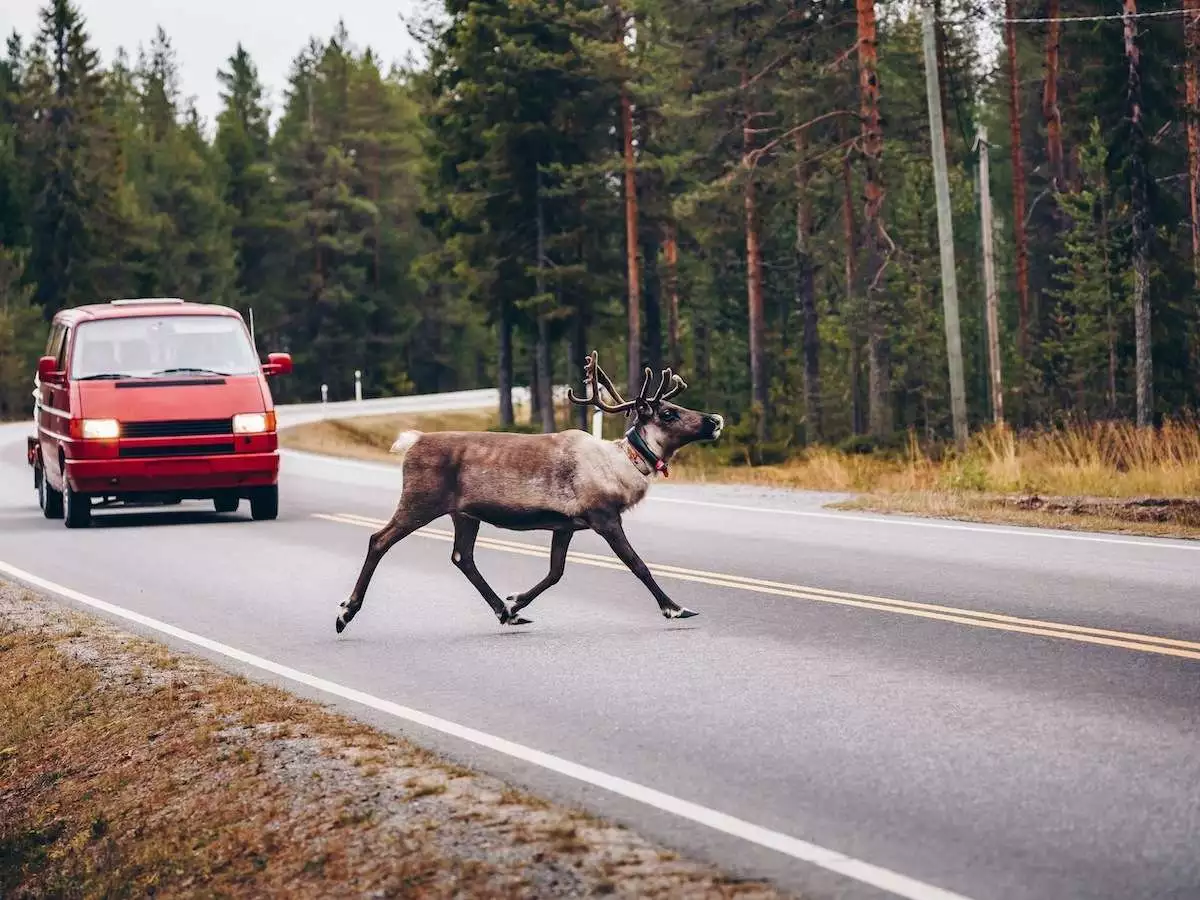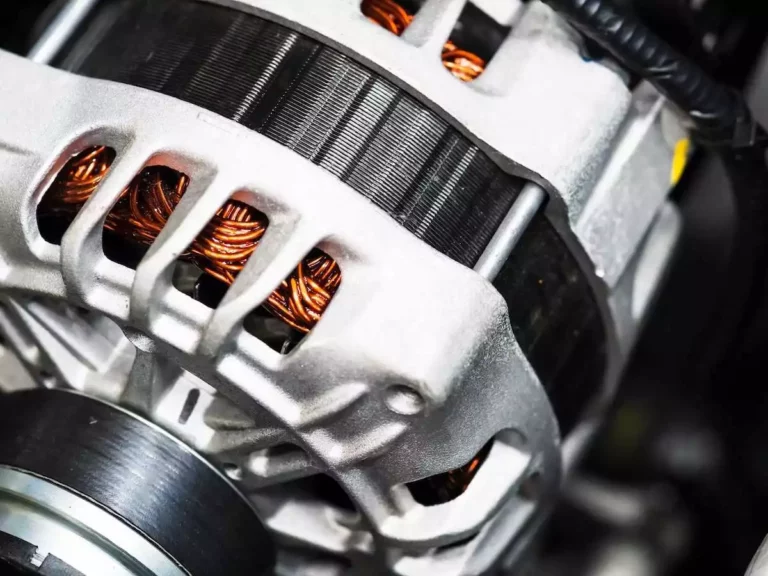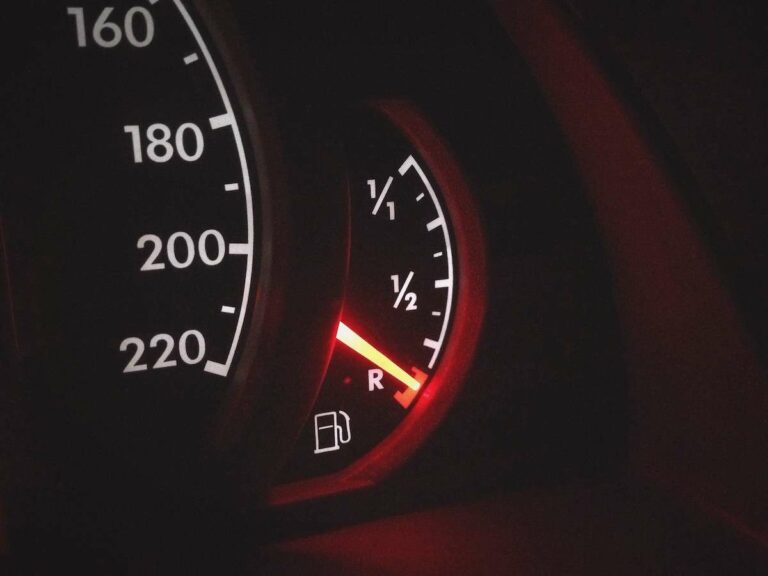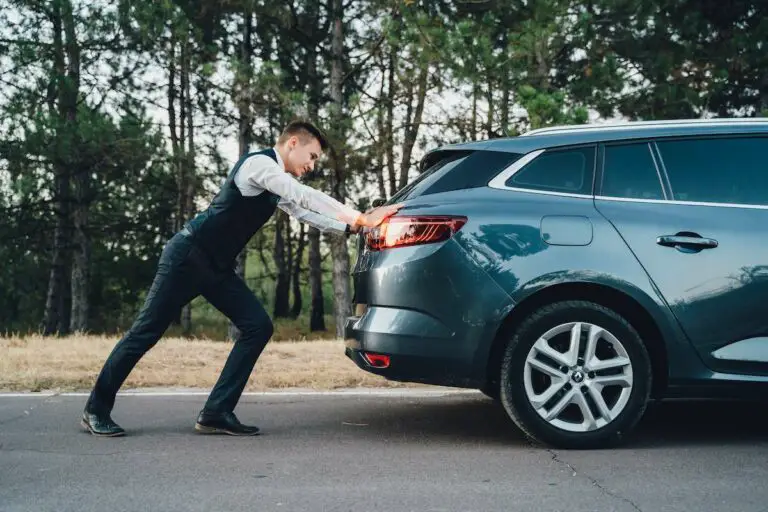Why Do Deer Run Into Cars? [With Tips to Avoid Them!]
In areas where deer are common, crashing into a deer or a deer running into a car is reasonably common, and care needs to be taken at certain times of the year and in certain regions. Today, we’ll understand why deers run into cars and how to avoid them.
Generally speaking, deer run into cars while crossing the road as they lack the perception of moving vehicles. Frequently, deer also jump out in front of moving vehicles when trying to evade predators, pursue mating partners, or simply be reckless or frightened.
Deer are more careless and move about a lot more during mating season, from September to December.
The natural instinct if a deer is about to hit your car or you’re about to run into a deer is to swerve. However, this can worsen the situation and even cause an accident. However, there are a few things you can do in order to avoid hitting a deer whether it jumps out in front of your moving vehicle or is simply standing in the middle of the road.
Below, I’m sharing a few tips for how to avoid a deer running into your car, and what to do if you can’t avoid hitting a deer.
How To Avoid Deer and What To Do if One Runs Out
To avoid hitting a deer while driving, try to slow down as safely as possible but try not to swerve. If you think you can’t avoid hitting a deer, the best step is to move towards the rear of the deer. Typically, a deer will not run backward so you may still stand a chance to avoid the deer.
That said, beware of the incoming traffic from the other side of the road. If a deer hits your car or you hit a deer, slow down as safely as possible and pull over to the side of the road with your hazard lights on.
In some cases, it’s impossible to avoid a deer, but there are some things you can do to reduce the chances of a deer running into your car, or hitting a deer head on, if it runs out in front of your car.
There are a few things to be aware of to avoid a deer hitting your car or running into a deer with your car:
- Deer are most active in the two hours around sunrise and sunset
- Deer typically travel in groups
- Deer are more common in certain areas (sign posted)
- Deer are much more active from September to December
- Deer more commonly cross the road where the habitat changes (Forrest to grass)
- At night, watch for their eyes. They are typically the first thing you will see and light up in headlights.
With that said, many people report that deers will run into the side of their car, and there’s virtually no way to avoid it if it happens. All you’ll hear is a loud thud as it runs into the side of your car.
The only thing you can do is reduce the chances it happens by slowing right down; where safe to do so if you see one deer about. Typically, if you’re driving slowly, they will see your car and not run directly into it. Also, don’t drive around sunrise and sunset if possible.
Tips on Avoiding Deer collision from people who live in deer country

People who live in areas that are very populated with deer say that flashing the headlights confuses them, so it’s best not to do that. But, if you honk, it will scare them, and they will tend to run off.
The one hour before sunrise, and the one hour after sunrise is when deer are the most active. Likewise, one hour before and after the sunset is also high in deer activity. Therefore, at around these times, you should be more cautious of deer and pay close attention to the sides of the road.
Deer tend to travel in groups. Therefore, if you spot a deer crossing the road up ahead, chances are more deer will be following it, and you should drive extra carefully. Certain parts of roads are known to be areas where deer often cross. These will have signs on the side of the road with the silhouette of a buck/stag.
October and November are the peak mating season for deer. During this time, deer are very careless and far less worried about cars. So, if you’re driving through deer country during these months, be extra vigilant for deer crossing the road.
What Are the Odds of Hitting a Deer With Your Car?
Hitting a deer with your car or a deer running into the side of your car is serious business and can do significant damage to a car and cause a serious accident.
Therefore, it is essential to know how likely it is that you will get surprised by a deer on the road, and how often deer-car collisions occur each year.
On average, there’s a 0.5% to 2% chance of hitting a deer in your car where deer live. On average, there are 50,000 dear collisions each year in States where there are deer, according to the Insurance Information Institute. But, some States, such as Indiana, have significantly less collisions (around 15,000).
The States with the most deer collisions per year are:
- Pennsylvania – 166,000
- Michigan – 132,000
- Texas – 131,000
- California – 104,000
- North Carolina – 98,000
(source)
This is interesting because the number of deer in these States does not correlate with the number of deer collisions. Here’s a table that shows the number of deer in these States and how it compares to the number of collisions:
| State | Number of deer | Number of deer-car collisions |
| Pennsylvania | 1.5 million | 166,000 |
| Michigan | 2 million | 132,000 |
| Texas | 5.3 million | 131,000 |
| California | 445,000 | 104,000 |
| North Carolina | 1 million | 98,000 |
Therefore, the must be some reason why there are more deer collisions in some States rather than others. It could be that the habitat next to the road conceals deer running out, or certain stretches of road have blind corners. The roads can also be an important geographical location where deer to need to cross to get from one place to another.
Can a Deer Survive Running Into a Car?

When deer are in fight or flight mode, they will just go where their instincts will tell them, which can be right into the road. Cars travel so quickly that a deer can’t judge that they will get hit, and it is quite common. But, can a deer survive a car collision?
A deer will typically survive running into a car as long as the car is not traveling too fast (more than 40 mph on average). The likelihood that a deer will survive also depends on how much and what portion of its body makes contact with the car. A deer usually won’t survive if struck head-on at high speed.
If a deer is killed by a car, the person driving the car can lawfully take the carcass. However, if they don’t want it, anyone else who comes upon the carcass can take it.


![Does Slamming Car Doors Damage It? [Here’s What to Know!]](https://vehicleuniversity.com/wp-content/uploads/2023/01/hand-of-male-businessman-opening-car-door-2021-08-28-06-42-19-utc-768x513.jpeg)



![Car AC Cools For a While And Then Stops? [Mystery Solved!]](https://vehicleuniversity.com/wp-content/uploads/2023/01/girl-driver-with-hand-fan-suffering-from-heat-in-c-2022-11-15-04-07-09-utc-768x512.jpeg)
![How Do They Get Cars in the Mall? [Secret Revealed!]](https://vehicleuniversity.com/wp-content/uploads/2023/01/car-seller-showing-customer-car-in-dealership-2021-08-28-06-42-19-utc-768x576.webp)